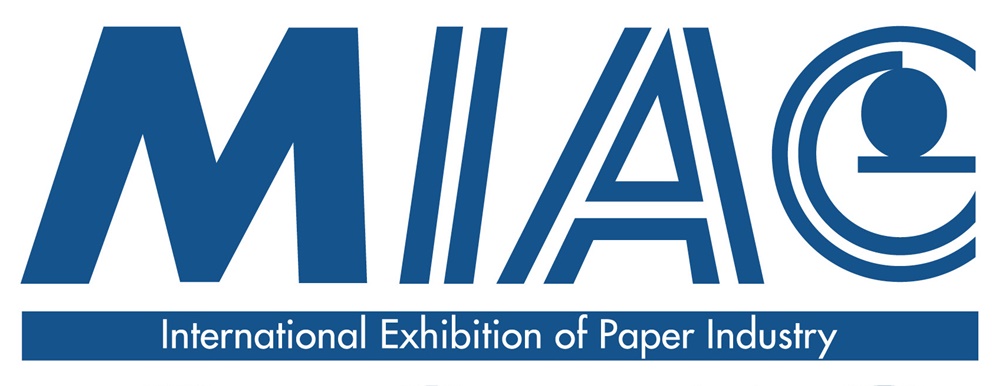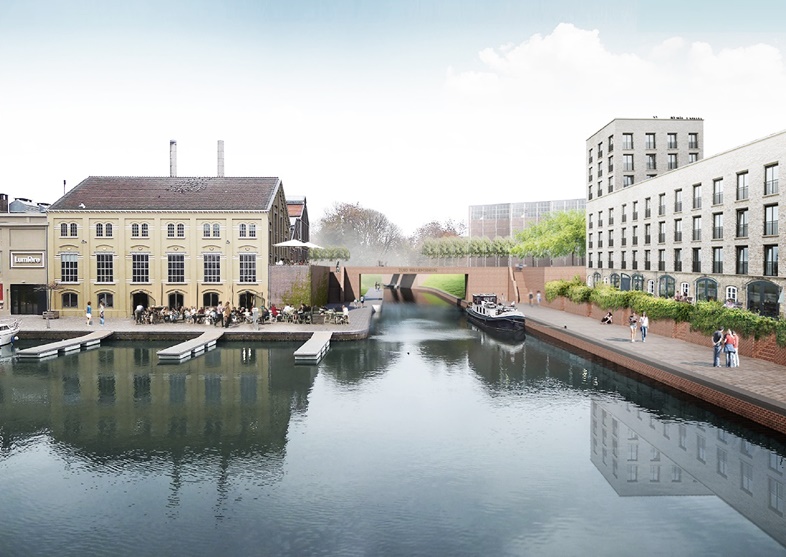NEWS
Sappi Maastricht sells south-western part of the industrial estate
On Thursay, Sappi Maastricht and the Belvédère Wijkontwikkelingsmaatschappij (Neighborhood Development Company, WOM) of the Municipality of Maastricht have signed an agreement that will finalize the sale of the southwestern part of the Maastricht paper mill site to the WOM. The sale and subsequent purchase of this land creates a win-win situation for both parties as well as to the local area and will have no negative impact on employment at the Sappi site.
Investment in Sappi Maastricht
Sappi Maastricht, specialize in making coated graphical paper and have been manufacturing on the Maas site in Maastricht for 170 years (since 1850). Due to the worldwide trend for digitization within communications, the market for graphic paper is shrinking. In order to survive in this shrinking market and to guarantee continuity and employment, Sappi Maastricht started three years ago with the transition into luxury packaging board. This activity mainly takes place on the north side of the company site. The southwestern part is therefore less intensively used and was eligible for sale to the WOM. Ferdinand Koster, director of Sappi Maastricht commented: “This sale makes it possible for us to invest in the future of Sappi Maastricht. We will use the resources to improve internal logistics and additionally improve the sustainability of our production processes.”
Unique opportunity for the city
The purchase of the southwestern part of the Sappi site offers the municipality of Maastricht the opportunity to stretch the city center to the north and to further build on the Sphinxkwartier. Councilor Gert-Jan Krabbendam (Urban Development and WOM shareholder): “With this purchase we can fulfill the long-cherished wish of extending the Maasboulevard. By continuing the road around the Timmerfabriek, the Bassin bridge and Boschstraat will become more accessible. In this way we invest in the quality of life and attractiveness of the Sphinxkwartier.” Councilor John Aarts (Finance and shareholder WOM) is also satisfied with the agreement: “In this way we invest twice in our city. Not only in terms of urban development, but also in the business climate and in job retention. I am delighted that Sappi is reinvesting the resources it obtains in its Maastricht mill.”
New main entrance to Sappi on the north side has already been realized
During the relocation of the Noorderbrug, a new main entrance to the Sappi site has been established for freight traffic via the Commandeurslaan. The old main entrance via the small bridge on the Fransensingel will eventually be completely decommissioned to make way for the future connection between the Frontensingel and Maasboulevard.
Planning for the coming years
Sappi will relocate its activities currently taking place on the sold land to the remaining Sappi site and will also undertake new construction. They estimate that they will take approximately two years to apply for the necessary permits, the internal relocations and preparations for the delivery of the sold sites and buildings.
During this time, the WOM is making preparations for the construction of the road, the housing to be built and completion of the necessary spatial procedures. The basic principle is to coordinate both schedules as closely as possible with each other. The aim is to be able to construct the new road after about two years in combination with the construction of the tram. The housing construction is expected to take place in 2025/2026, following the construction of the road.








